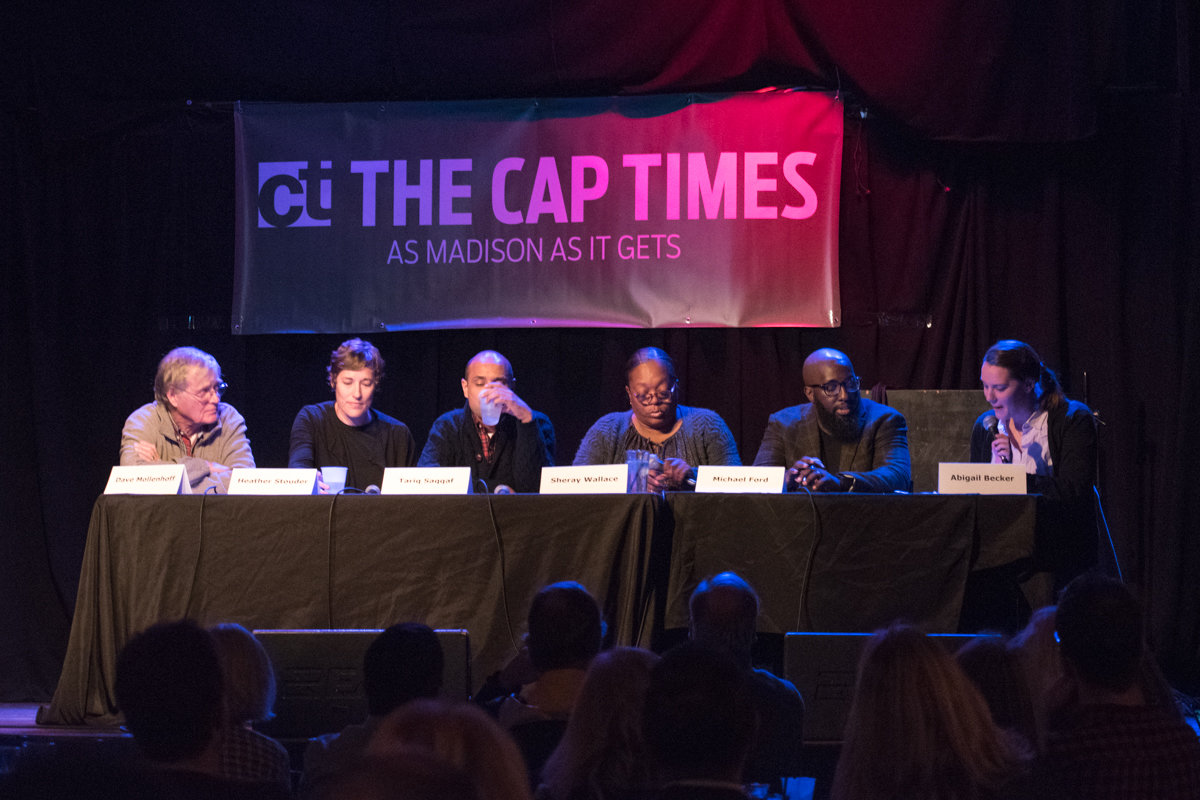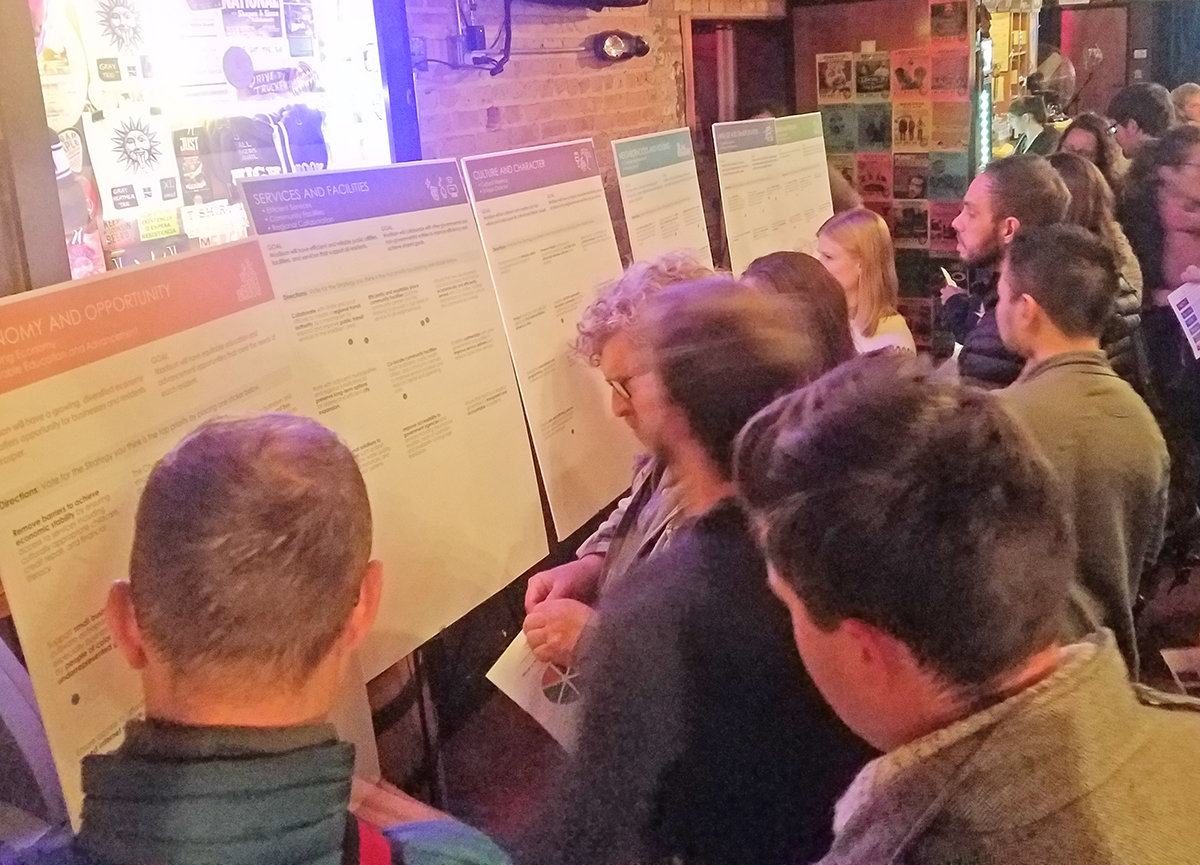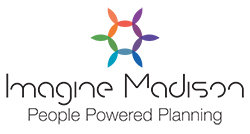How can Madison build more great neighborhoods?
Posted by Samantha Haas on Tuesday, December 12th, 2017 at 8:04am.
It's no secret Madison is growing. But how and where it should grow is up for debate. To try to tackle one component of this matter, the Cap Times recently held a panel discussion about "How can Madison build more great neighborhoods?" You can listen to the podcast about the Cap Times Talk here.
Moderated by city government reporter Abigail Becker, the panel included the following members: David Mollenhoff, Madison historian who helped revitalize the Marquette neighborhood in the 1960s; Heather Stouder, city of Madison's planning division director; Tariq Saqqaf, city of Madison's neighborhood resource coordinator; Sheray Wallace, Meadowood neighborhood activist; and Michael Ford, Madison College instructor known as the "Hip Hop Architect."

Mollenhoff shared lessons he's learned about how to build a strong and vibrant neighborhood:
1. Be willing to take responsibility of your neighborhood
2. Identify problems and opportunities and create a comprehensive plan
3. Be clear about where you want to grow
4. Plans, programs, and policies
5. Build constituency
6. Fine tune neighborhood association for effectiveness
7. Elect alders that support neighborhood goals to get stuff done
8. Seek help wherever you can find it (city, philanthropists, nonprofits)
9. Don't be discouraged with a small group of neighborhood leaders
10. Be willing to work for years
Saqqaf stressed the importance of building relationships and caring for others in the neighborhood. Wallace said some ways those bonds are strengthened are by utilizing local resources and attending community centers, libraries, and church suppers, adding that it's often in those safe, shared spaces that people talk about the issues they are facing and how they can deal with them.
The panel discussed what characteristics make for a good neighborhood, such as having good resources, a community gathering space, a variety of different people and places, transit choices, and the ability to walk to amenities like parks.

They were also asked what community engagement looks like and how to reach younger generations. Rather than just posting something on social media, Wallace suggested people could knock on doors and personally invite others to events like health fairs and neighborhood suppers. Ford said it's necessary to find creative solutions and step out of our comfort zones to bring new people to the table and have cross-disciplinary discussions. Stouder agreed that it's important to acknowledge different perspectives and create spaces for choice. In doing so, Saqqaf said people will begin to feel pride and a sense of ownership.
A shared concern among the panelists was that not everyone's voice is heard during the planning process for projects affecting neighborhoods. They agreed that it's the responsibility of the city/county/school to inform people early and often during developments; it's not just up to neighborhood associations and local alders to share that information. Stouder said she hopes the city incentivizes affordable housing to welcome new residents and enhance the quality of life for everyone.
The panelists had some feedback about how to preserve the neighborhood's spirit and characteristics when there's a new project on the table. Since the process likely was not inclusive to begin with, Ford said, it's important to determine what the neighborhood really wants and to examine the disparities, like how Madison is ranked as one of the best places to live but Wisconsin is one of the worst for African Americans to live.
 The event concluded with small group listening sessions with the city of Madison to gather additional input for the Imagine Madison project on the following themes: Economy and Opportunity; Services and Facilities; Culture and Character; Land Use and Transportation; Neighborhoods and Housing; Green and Resilient.
The event concluded with small group listening sessions with the city of Madison to gather additional input for the Imagine Madison project on the following themes: Economy and Opportunity; Services and Facilities; Culture and Character; Land Use and Transportation; Neighborhoods and Housing; Green and Resilient.
To share your feedback about how to plan for Madison's future, take this survey.
Learn more about Madison area neighborhoods on our website and blog.
